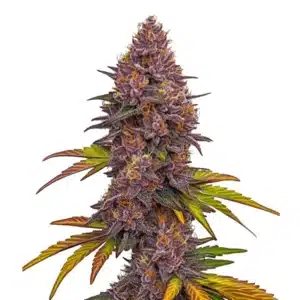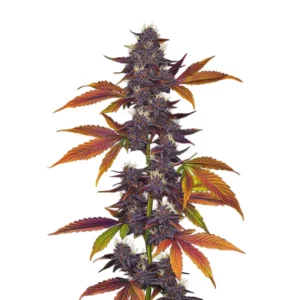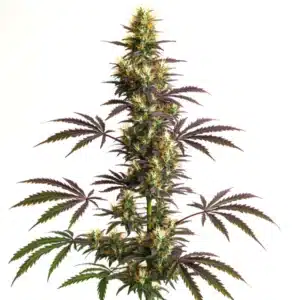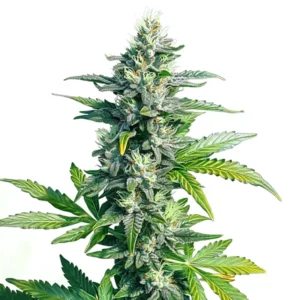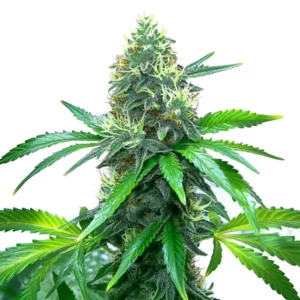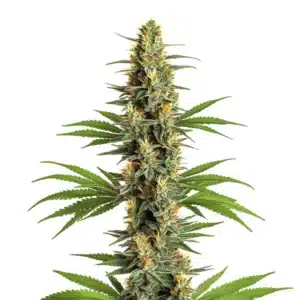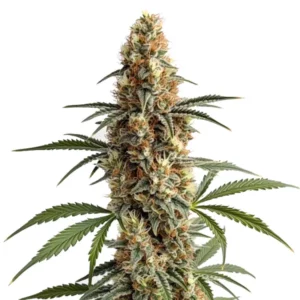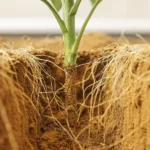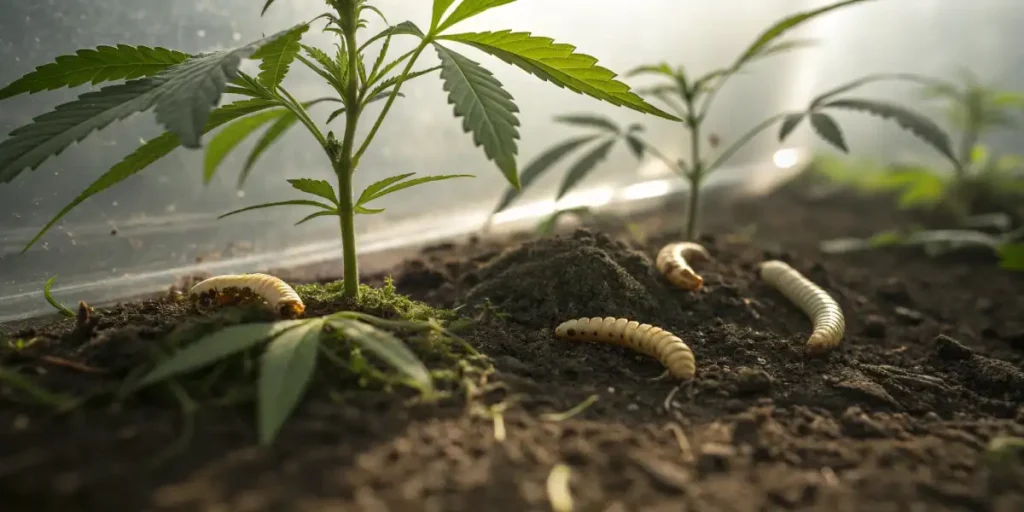
The Maggot Motel: Why Pests Are Feasting on Your Clone’s Roots
You’re checking on your beautiful clones, everything looks okay, but something feels… off. Then you see it. In the soil. Tiny, white, wriggling things. Your heart sinks. You’ve got root maggots.
Before you panic and reach for the strongest chemical you can find, take a breath and listen. Those maggots aren’t the disease. They are a symptom. They are tiny vultures who showed up because you unintentionally created the perfect breeding ground for them: a sick, dying root zone.
Recommended Strains
Grizzly Purple Auto
|
|
THC | 9% - 13% (Low) |
|
|
Type | Autoflowering |
|
|
Yield | Low |
|
|
Phenotype | 80% Indica / 20% Sativa |
Auto Purple CBD
|
|
CBD | 17% – 19% (Medium) |
|
|
Type | CBD Autoflowering |
|
|
Yield | Low |
|
|
Phenotype | 70% Indica / 30% Sativa |
Let’s fix the environment, and I promise you, the maggots will have nowhere to live.
The Real Cause: Why Your Soil Became a Swamp
Root maggots, fungus gnats, and all their nasty cousins are attracted to one thing: weak, decaying organic matter. They don’t attack strong, healthy roots. They attack roots that are already suffocating in a stagnant environment. And what creates that?
Hot soil and a lack of oxygen. It’s that simple. When your pot gets too hot, the water in the soil warms up and the dissolved oxygen vanishes. Your root zone becomes a warm, anaerobic swamp. The roots begin to suffocate and rot, and this sends out a dinner invitation to every pest in the neighborhood to come and lay their eggs.
Promos & Deals
The Diagnosis: Confirming Your Fears
So, how do you know for sure? You have to look. Let the soil dry out more than usual to help the root ball hold together. Then, gently tip the pot on its side and slide the entire root mass, the “cepellón,” out into your hand. Be quick! You only have a few seconds before direct light starts to damage the delicate roots.
You’re looking for two things: the maggots themselves, and the state of the roots. Are the roots bright, shiny, and white? That’s the color of health. Or are they brown, dull, and slimy? That’s the rot that the maggots are feasting on.
The Fix: The Emergency Flush Protocol
Okay, you’ve confirmed the infestation. It’s time to evict your unwanted guests and clean house.
You’re going to perform a root flush for several days. This means drenching the soil with lots of fresh, clean, oxygenated water. No nutrients! Just water. And here’s the secret weapon: drop the pH of that water to 5.5. This slightly more acidic environment is hostile to larvae and pathogens but manageable for your plant in the short term. You are flushing out the rot and making the soil an awful place for the pests to live. For routine watering, always aim for a stable pH of 6.0 (after adding nutrients) to maintain a healthy, balanced environment where pests don’t want to check in in the first place.
When you Cultivate with an understanding of the environment, you hold all the power. Vigorous strains like Grizzly Purple Kush or OG Kush will have a much better chance of surviving an attack while you fix the underlying problem. You’re not just a grower; you’re an ecosystem manager. Nurture the soil, and your Homegrown plants will Thrive.
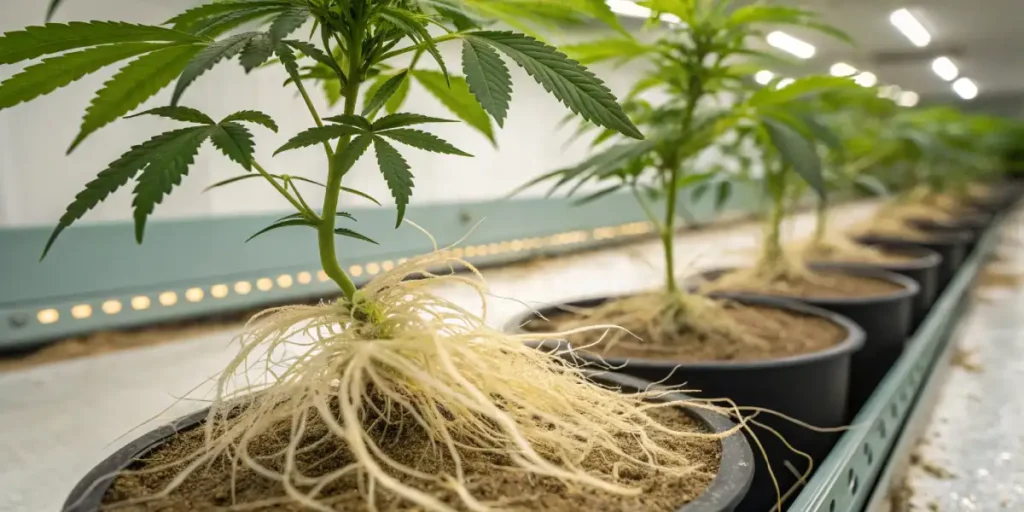
FAQs
What really causes root maggots to appear in my soil?
Root maggots are a symptom of a sick environment. The root cause is almost always hot soil, which leads to warm, oxygen-deprived water. This stagnant, anaerobic condition causes roots to rot, and the smell of decay attracts flies to lay their eggs. The maggots then feast on the already dying roots.
How do I safely check my roots for maggots?
Let the soil dry out, then gently tip the pot sideways and slide the entire root ball out into your hand. Inspect it quickly for signs of maggots and root health (they should be white and shiny). You only have a few seconds before the light can harm the roots, so be prepared to slide it right back in.
What is the best way to get rid of a root maggot infestation?
The most effective method is to fix the environment. Perform a root flush for several days using clean, oxygenated water with a pH lowered to 5.5. This acidic flush helps kill larvae and cleans out the rot they feed on. Once the flush is complete and the soil dries, the environment will be much less hospitable to them.
What color should my plant’s roots be?
Healthy cannabis roots should be a vibrant, bright white with a noticeable shine. They should look crisp and full of life. If your roots are brown, grey, dull, or feel slimy, it’s a clear sign of a problem like root rot or a pest infestation.


